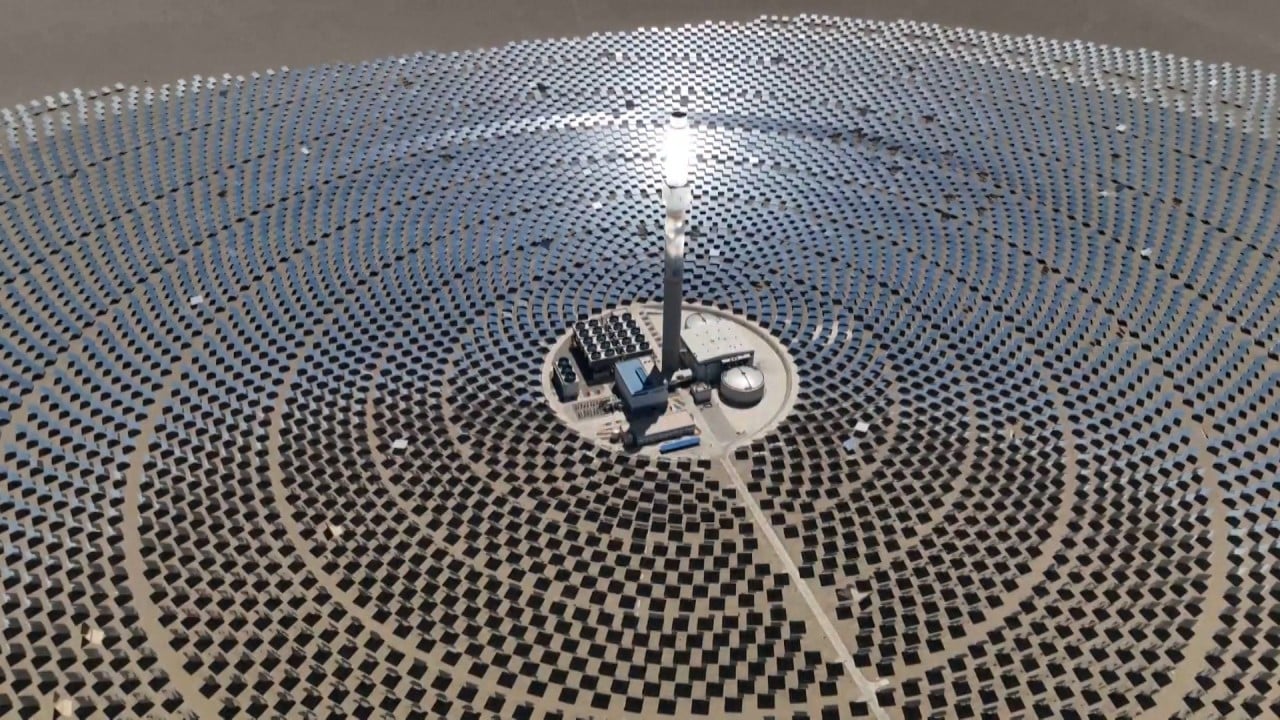Can Asia prioritise going green over development as energy experts urge faster emissions reductions?
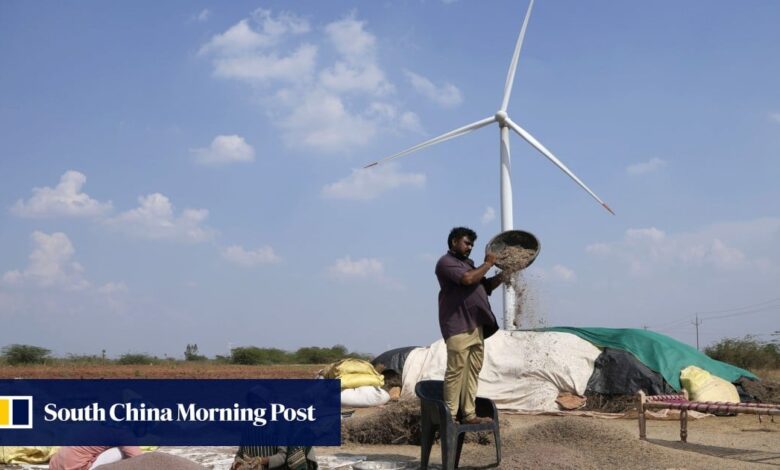
Asian nations will need to more than double their renewable-energy adoption in the next two to three years, analysts say, after an International Energy Agency report released last week cautioned that the world needs to accelerate emissions reductions.
The path to keeping global warming below 1.5 degrees Celsius (2.7 degrees Fahrenheit) has narrowed as carbon-dioxide emissions from the energy sector worldwide reached a record 37 billion tonnes last year – but the IEA’s September 26 report said clean-energy growth is keeping hopes alive, with emissions set to peak this decade.
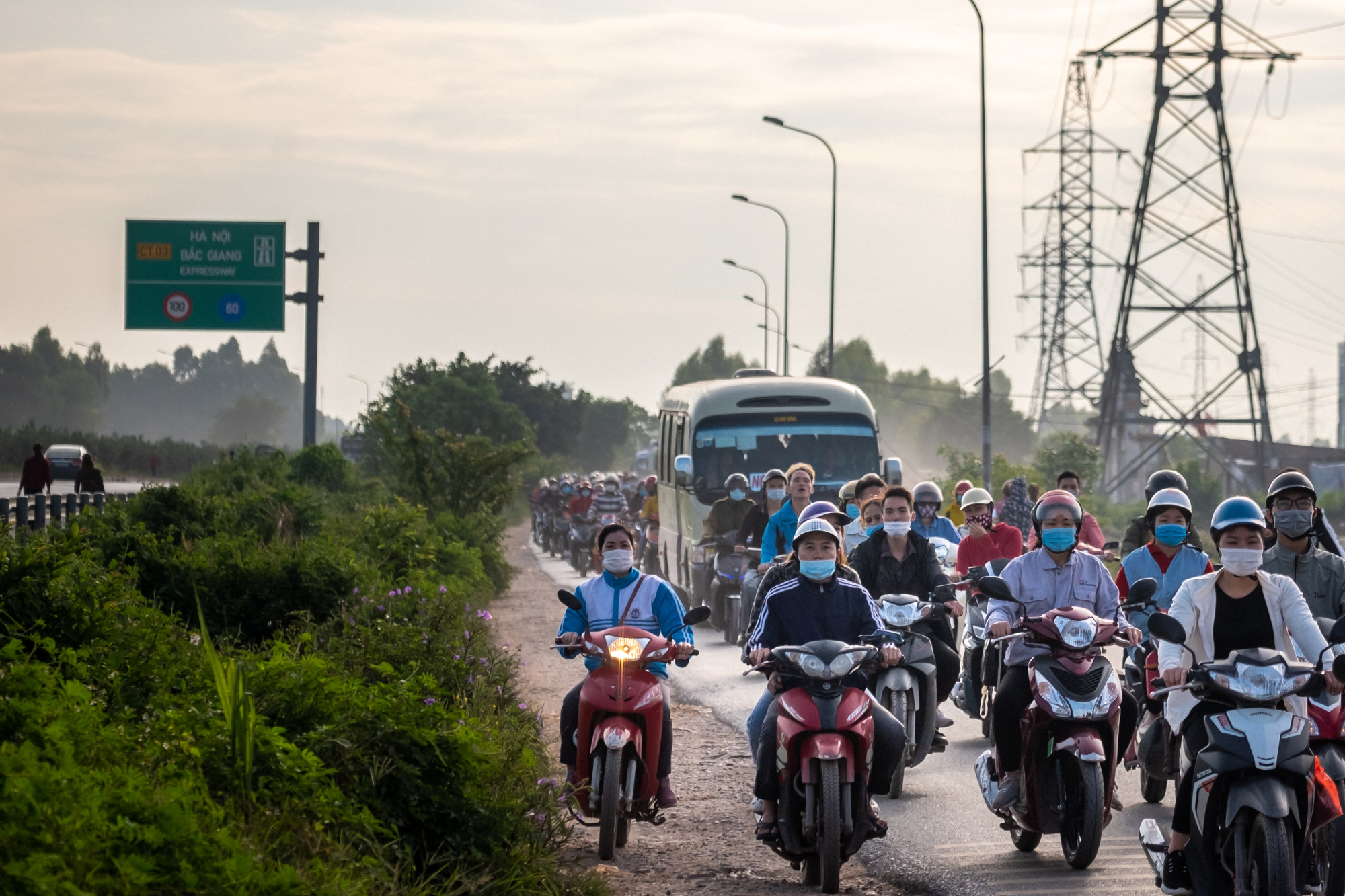
“Countries in Asia which are largely dependent on fossil fuels, but are experiencing increasing energy demand, would need to more than double their renewable-energy adoption in the next two to three years and then triple the amount of renewable energy,” said Vibhuti Garg, South Asia director at the US-based Institute for Energy Economics and Financial Analysis.
Countries dependent on fossil-fuel imports will need to deploy both renewable-energy and carbon-storage solutions, as well as adopt electric vehicles and produce green hydrogen, she said.
The IEA warned that a failure to step up clean energy would shift the burden of achieving the 1.5 degrees goal to deployment of risky and unproven carbon-removal technologies, adding that a failure to deploy clean energy quickly would lead to nearly 5 billion tonnes of carbon dioxide needing removal from the atmosphere annually.
“Almost all countries need to bring forward their targeted net-zero dates,” the IEA said.
Is Singapore pursuing a false climate solution by buying Mekong hydropower?
Is Singapore pursuing a false climate solution by buying Mekong hydropower?
Garg said Asian nations are better off focusing on renewable-energy output rather than relying on expensive carbon-capture technologies, which store carbon deep underground that’s produced from industrial processes and burning fossil fuels.
If global installed-renewables capacity triples to 11,000 gigawatts by 2030, it would provide the largest emissions reductions, the IEA report said.
While the world is set to invest a record US$1.8 trillion in clean energy this year, this needs to climb to US$4.5 trillion annually by the early 2030s, it said.
“Generally speaking, much of Asia will see strong electricity demand growth in the next decade or so and the immediate priority should be to create a stable policy environment to ramp up clean power as fast as possible to meet this growing demand,” said Aditya Lolla, Asia programme lead at independent energy think tank Ember.
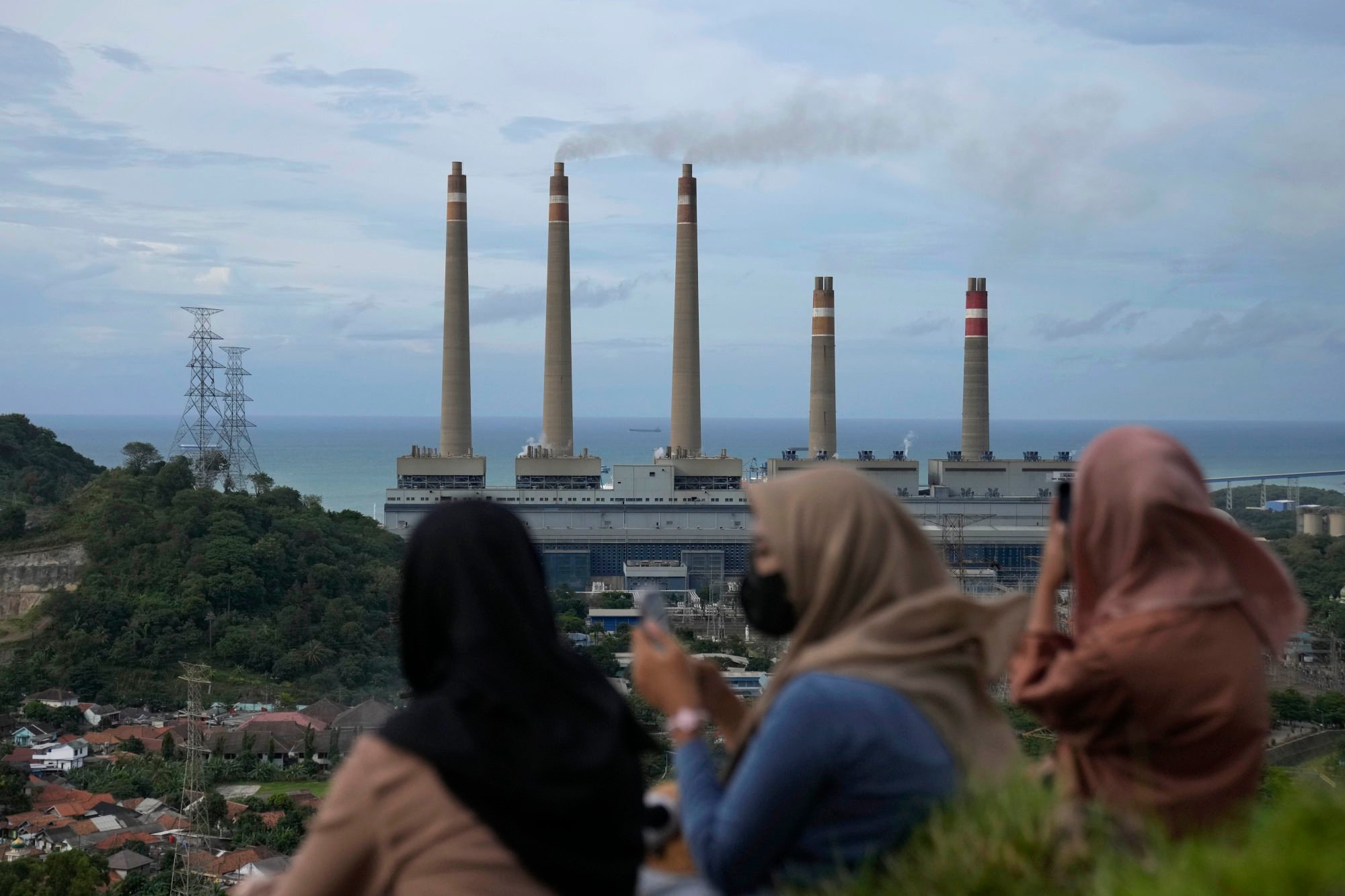
Regulatory framework needed
Major Asian economies’ energy demand is expected to outpace that of developed Western nations in the coming years, economists say.
“For most Southeast Asian countries, economic development still takes precedence over going green,” said Mike Lim, partner at Singapore-based TRIREC, a venture-capital firm that focuses on decarbonisation. “The governments in this part of the world [need to] understand that adopting renewable energy is not the antithesis to economic growth.”
The costs of producing renewable energy have fallen over the last decade, but the “biggest bottleneck to speedier adoption of renewable energy is creating a regulatory framework” that would set the right environment for financing the transition, he said.
Blessed with an abundance of solar and wind power, experts say Southeast Asia has a lot of potential to catalyse the green transition.
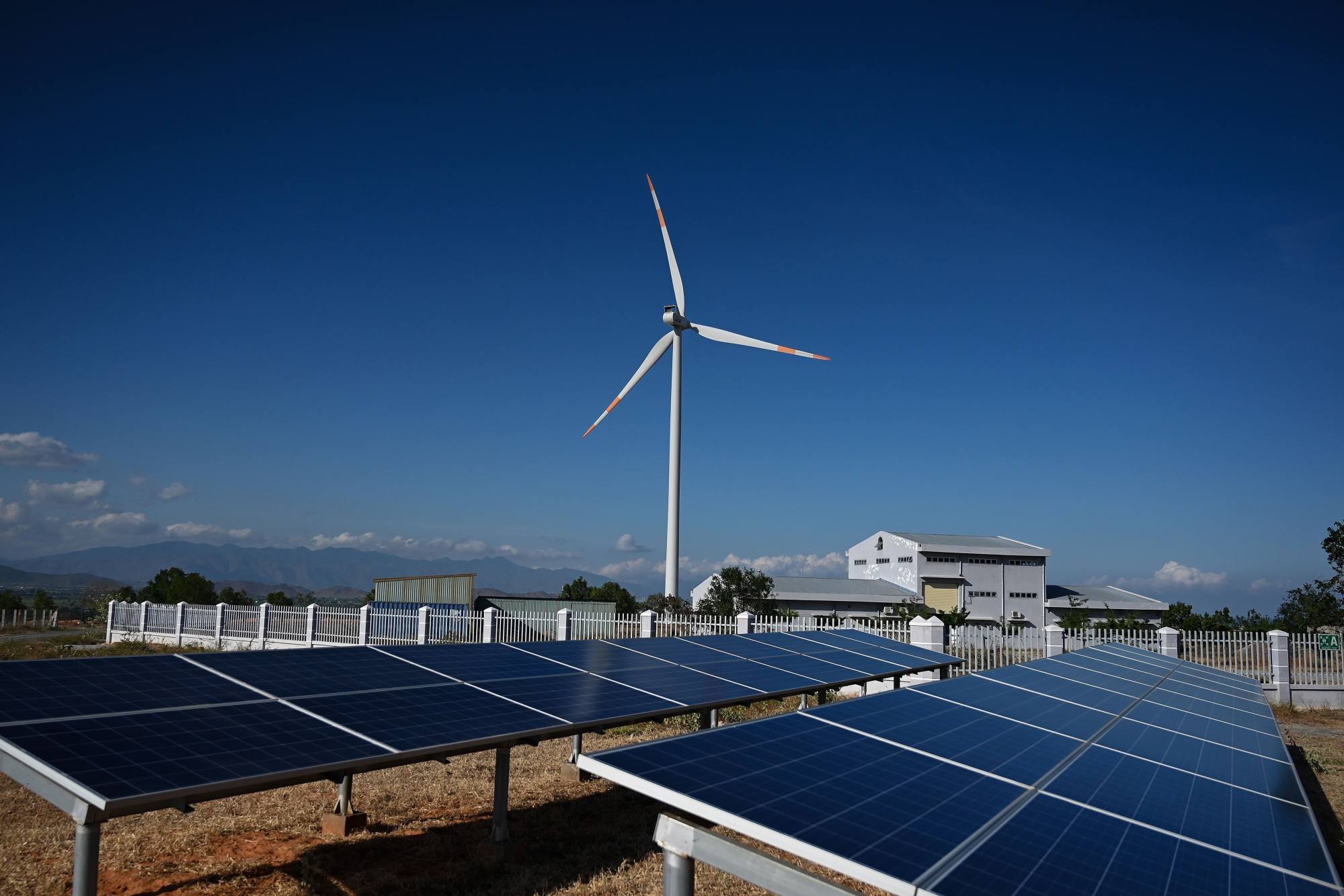
“Beyond the benefit of reduced emissions, the renewable-energy sector is a US$200 billion opportunity for the region, creating up to 6 million jobs by 2050, it just needs to be properly unlocked,” said Bo Bai, executive chairman and co-founder of MVGX, a green fintech firm.
“Unfortunately, Southeast Asia lacks investments to scale and accelerate sustainable infrastructure needed to drive clean energy.”
Another industry executive, GenZero CEO Frederick Teo, highlighted that Southeast Asia’s renewable-energy capacity faces a financing gap of more than US$1.5 trillion in investments by 2030 and needs a nuanced approach to address diverse socio-economic conditions.
Others say boosting the clean-energy transition will require innovative tools.
The use of technologies such as digital-asset management and data-analytics tools can optimise energy use, said Atlas Fung, associate director of AtkinsRéalis, an engineering firm, adding that in Hong Kong alone, more than half of current buildings would need to be retrofitted.


